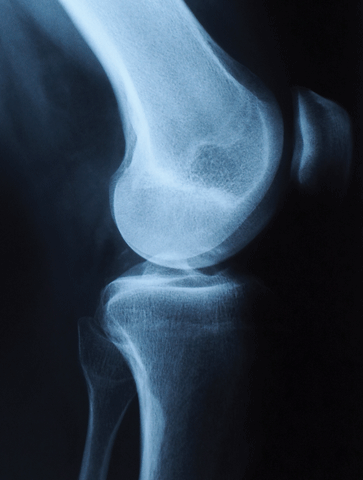


Archive
Advertisers Index
Products & Services
Job Opportunities
Media Kit - PDF
HTAA Sign-up!
Online Classifieds
Receive extra copies!
Driver HEALTH
800-878-0311 x2111
Features
Obesity is preventable
John Kelly, M.D.
Marie Rodriguez
Portion problems
Healthy Trucking
Where do I start?Fun & Games
Health Quotes
Health Tips
Protein pointers from the Trucker Trainer
Torn Knee Cartilage
Joseph Yao, M.D.
Driver Profile
Getting Back into shape on the roadHighway Angels
Quick thinking saves suicidal woman
Departments
Publisher's Desk
Thanks for the feedback
Roadside Dietitian
Save the salt for Loveland Pass!
Industry News
It's News to Me!
Murphy's World
Make ‘em laugh
Driven Women
Not a fit
Say What?
What do you like to do when you’re not driving a truck?
Active Lifestyle
Driver turns misfortune into a fortune
Joseph Yao, M.D.
 The knee has two cartilages that act like small cushions between the upper and lower leg bones. One is located on the right side of the knee and the other on the left side. These cartilages are called the medial and lateral menisci. They are soft and easily torn through wear and tear that accompanies normal aging (called degenerative meniscus tears) or by an injury such as twisting the knee. Torn cartilages are often caused by sports injuries. A degenerated cartilage can tear without a significant injury, however.
The knee has two cartilages that act like small cushions between the upper and lower leg bones. One is located on the right side of the knee and the other on the left side. These cartilages are called the medial and lateral menisci. They are soft and easily torn through wear and tear that accompanies normal aging (called degenerative meniscus tears) or by an injury such as twisting the knee. Torn cartilages are often caused by sports injuries. A degenerated cartilage can tear without a significant injury, however.
Truck drivers should be careful pivoting quickly while placing weight on one or both legs, since that can result in a meniscus tear especially if the meniscus is weakened from degeneration. This type of injury could occur when loading a trailer, getting in/out of the cab, jumping off a trailer, strapping down a load, or slipping on debris inside the trailer.
A person with a torn cartilage may recall experiencing pain when twisting the knee or walking/running. The knee will usually swell. Pain is often located on the right or left side of the knee, depending on whether the medial or lateral meniscus is torn. There can be painful popping as the torn cartilage moves within the knee. The knee might sometimes “lock,” which means it becomes stuck in one position as the torn cartilage becomes entrapped within the knee joint, acting as a doorstop.
A doctor can often diagnose a torn cartilage by examining one’s knee. Me-niscus tears do not show up on regular x-rays, since x-rays show only bone. MRI scanning, a painless test that takes about 45 minutes to complete, can aid with the diagnosis. MRI scans show meniscus tears as well as injury to the ligaments and bone.
Meniscus cartilage has poor blood supply, so it generally won’t heal once it is torn. An untreated meniscus tear may enlarge, which leads to scraping and wear of the articular cartilage that covers the ends of the bones. Treatment is necessary for pain relief and also to avoid additional damage to the joint. Most meniscus tears are treated by removal of the torn part of the meniscus. A small number of meniscus tears can be repaired, but about 20% of these repairs fail to heal.
Surgery is done through small skin punctures in an outpatient surgery called arthro-scopy. This procedure is minimally invasive and permits a person to be up with crutches immediately. Activity can be increased as tolerated after excision of a meniscus tear. A person will be on crutches for about six weeks if a meniscus tear is repaired with stitches or another technique. A person can return to sitting work within a few days and to highly physical work after about six weeks. Truck drivers will typically be off work for six weeks after surgery, since they have to climb into and out of their cabs, even if they don’t unload their trailers. Results are typically good after ar-throscopy unless arthritis is present, in which case there will be residual pain after management of the cartilage tear.
Source: qwinerveprotector.com
© Copyright,
Ramp Media Group, 2010